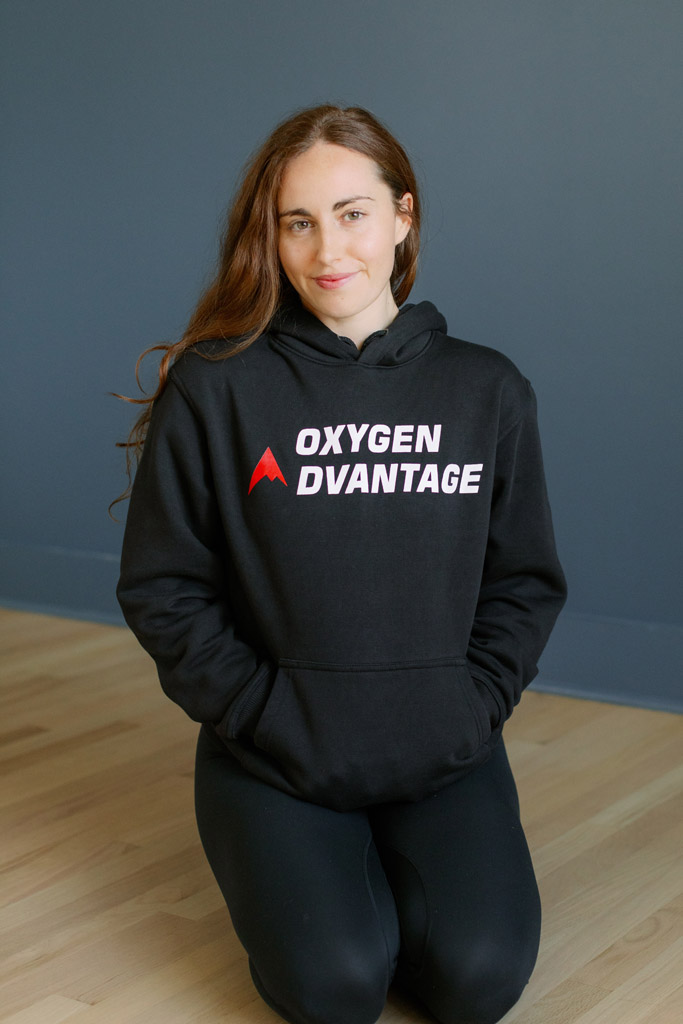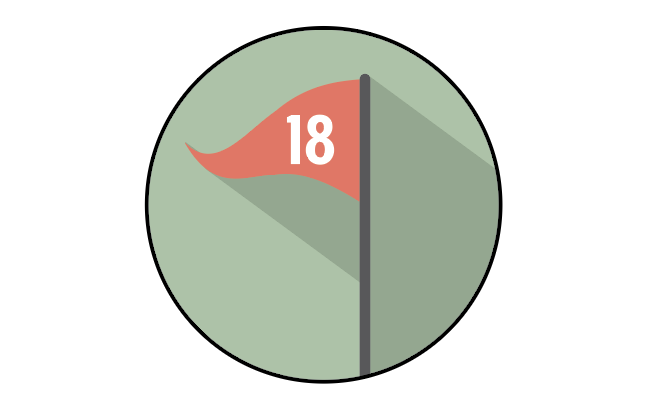If you’re a golfer, you know it’s a mental game. With so many forces outside of our control – weather, course conditions, playing partners, equipment malfunctions, just to name a few. How we handle our own minds and emotions is key to performing at our best.
Long associated with Eastern mind-body practices like yoga, tai chi, and qigong, breathing practices are now gaining recognition in the sporting world for their profound benefits. Breathing is often described as a bridge between the body and the mind. This is because how the body is breathing determines one’s mental state. Through an interconnection of biochemistry, biomechanics, and neurological signaling, the brain alters our moods based on the speed, depth, and volume of breath.
The good news is you don’t have to be a professional athlete to receive the benefits of breathing practices. The following practices will help you stay in the zone no matter your level or what uncontrollable circumstances arise.
Pre-shot routine: Anticipating the start of the round is the perfect time to start down-regulating your nervous system to prepare mental state. Revered by Navy Seals and yogis alike, try box breathing to maintain composure and focus.
Instructions:
1. Relax your jaw and place your tongue on the roof of your mouth.
2. Inhale through your nose for 4 seconds.
3. Hold full for 4 seconds.
4. Exhale through your nose for 4 seconds.
5. Pause empty for 4 seconds.
Repeat for 3-5 minutes.
During the swing: The exhalation has the dual effect of calming the body-mind as well as recruiting your core muscles to improve your golf swing. Knowing when to breathe in and out during your swing is important.
Instructions:
1. Start inhaling through your nose as you prepare to swing and continue in the inhalation as your move your club up and back.
2. As you drive the club forward and through and make contact with the ball, exhale through your nose.
Walking the greens: Traveling between holes is an excellent opportunity to utilize breathing techniques. Practicing small breath holds while walking will help deliver more oxygen to your brain and muscles.
Instructions:
1. While walking, take a regular breath in and out through your nose.
2. After your exhalation, hold your breath as you count 5-10 paces.
3. Continue walking and breathe in calmly through the nose (if you must gasp for air, you held your breath too long).
4. Exhale, and continue to breathe normally for 20-30 seconds.
Repeat up to 10 rounds.
Homework: How you breathe off the greens determines how you breathe during your game. Maintaining nasal breathing throughout the day and night will enhance your mental performance as you improve the functionality of your baseline breathing.
Suggestions:
1. Breathe through your nose during the day. Mouth breathing provides zero benefits, and indeed has many negative health consequences.
2. Try taping your mouth at night. Ensuring nasal breathing during sleep is crucial for getting a good night’s rest. When we breathe through our mouths, our bodies send stress signals to the brain. You can find several safe tapes that will help. I like using the brand Myotape.
3. Try to maintain nasal breathing during exercise. This will be hard at first. But, if you can learn to exercise with nasal breathing, you can improve oxygen delivery and maximum oxygen consumption (VO2 max), a predictor of longevity.

ABOUT THE AUTHOR
Tiger Bye is an Oxygen Advantage master instructor and international yoga professional who holds an M.S. in Health and the Public Interest from Georgetown University. As the co-founder of Better Yoga (betteryoga.net), she leads an online studio where expertise in breath training, yoga, and Ayurveda converge, offering a transformative space for individuals seeking to move, breathe, and feel better. Tiger specializes in enhancing breathing for fitness, yoga, focus, stress, sleep, and corporate performance. Her impact extends to groups and companies, reshaping postural and breathing habits for elevated performance and genuine well-being. You can find her around the Lowcountry teaching breathing workshops and breath instructor certification trainings.


